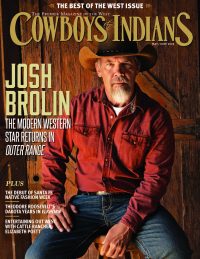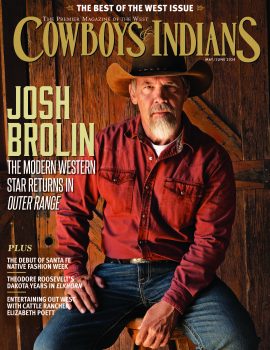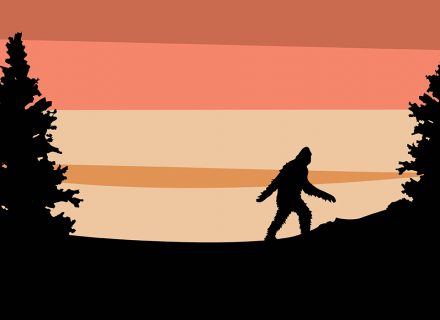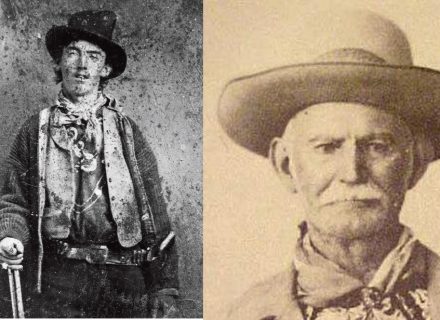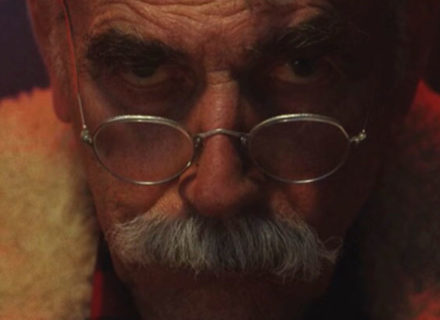A legendary Yellowstone ranger recounts his strangest wildlife encounters in “the home of the Bigfoot.”
No one knows Yellowstone like Bob Jackson. Over the course of 30 years as a backcountry ranger, he logged more miles on a horse and captured more poachers than anyone in the park’s history — mostly in the region known as Thorofare, the farthest point from a road in the lower 48.
From his bison ranch in Iowa, he can still recall the park’s most obscure drainages with nearly photographic accuracy. The way subalpine fir thickets dotted a meadow; how an old burlap sack still hung in the door frame of a dilapidated trapper cabin; stacks of rock 2 feet high where Native Americans chipped arrowheads; the way a stream dropped off into a dark, limestone abyss just off U.S. 191. And most curiously, the way a certain sound reverberated along Fan Creek in the Gallatin Mountains on a clear afternoon in 1978.
“We were just talking on our horses, quiet day, and all at once we heard this thing that just kept going on and on and on,” he says. “Like a thousand elk going to their death. Or Tarzan.”
Two weeks later, on a solo patrol from the nearby Sportsman Lake Cabin, his horse smelled something that alarmed it.
“He started flaring his nose, which they do with grizzly bears. They don’t even do it with a black bear,” he says.
Scanning the meadow below him, he only saw one small deer — hardly anything to be alarmed about. Suddenly, the deer bolted, and another animal flushed out of a fir thicket. “I thought, Oh, there’s the bear!” Jackson says. “Then I said, ‘Whoa, this thing’s running on two legs!’ ”
The creature zigzagged across a subalpine meadow, running with its arms swinging low, plainly visible between clumps of fir trees moving from thicket to thicket until it was out of sight.
“He didn’t go straight away like a grizzly, or any animal that’s trying to get away from you. This thing was smart,” he says, describing it as 6 to 7 feet high and covered in long, black hair.
And that was the last Jackson saw of it — though he did hear the blood-chilling sound once more in the 1980s, in the upper Mountain Creek area of the Absaroka Mountains, the range that forms the eastern boundary of Yellowstone.
“I timed it and it was about 26 seconds long,” he says. “I’m sure you could have heard it 2, 3 miles down Mountain Creek. It was that loud.”
The next morning, Jackson went looking for tracks, but came up empty-handed. As to why there’s never been a body found, he only has this to add: “In 30 years of being in the backcountry, I only found two bear carcasses. And there’s hundreds of grizzly and the same amount of black bear.”
Jackson also points out how his last encounter was only 5 or 6 miles from the location of another strange incident in Yellowstone lore — where a crew fighting white pine blister rust found a freshly deboned elk carcass, surrounded by giant footprints.
“You always heard the Absaroka, the Indians said, was the home of the Bigfoot,” he says.
Somewhere, far off-trail, miles and miles into the backcountry, past the concessions and the geysers and the tourists, maybe it still is.
Photography: Courtesy Bob Jackson



